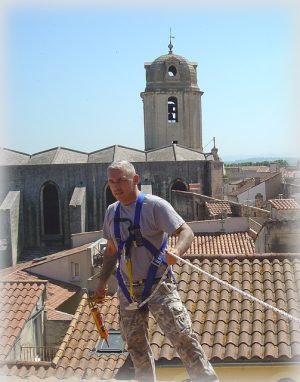Pipe inspection and repair are crucial for proactive plumbing maintenance. Regular assessments detect early signs of damage, blockages, and vulnerabilities specific to different pipe types (metal, plastic). Advanced digital solutions, specialized tools, and innovative techniques (e.g., remote-controlled robots, liner insertion) enhance precision, efficiency, and longevity in pipe repairs. Strategic planning, non-destructive testing, area preparation, and rigorous testing ensure effective repairs. Seeking professional help for complex issues prevents costly emergency repairs. Regular maintenance, including inspections and high-quality materials, prevents minor problems from escalating, ensuring robust plumbing systems. Case studies demonstrate the critical role of expertise and modern solutions in successful pipe repair projects across diverse settings.
Pipe inspection and repair are vital components of maintaining efficient plumbing systems. This comprehensive guide delves into the intricacies of identifying potential issues through thorough pipe examination, understanding diverse pipe types, and navigating common repair challenges. We explore advanced tools and technologies enhancing repair effectiveness. The step-by-step process ensures optimal solutions while highlighting signs necessitating professional assistance. Moreover, we provide preventive measures for long-lasting pipe integrity and showcase successful case studies, offering valuable insights into the world of pipe repair.
Understanding Pipe Inspection: Identifying Potential Issues
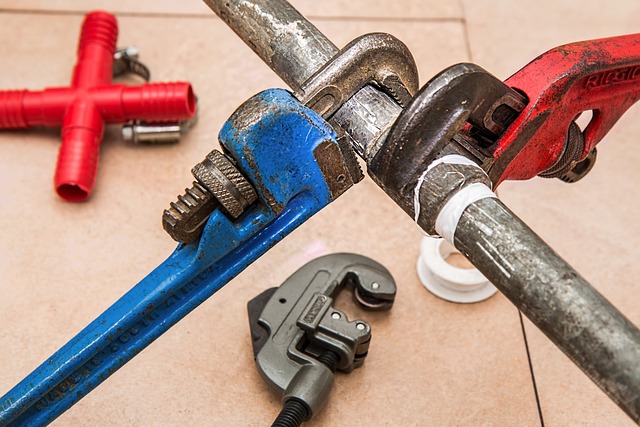
Pipe inspection is a critical step in maintaining and ensuring the longevity of any plumbing system. It involves a thorough examination to identify potential issues, from leaks and corrosion to structural damage or blockages. By understanding what to look for during an inspection, homeowners and professionals alike can effectively prevent costly pipe repairs in the future.
Regular inspections can reveal subtle signs of trouble, such as small leaks that might go unnoticed but over time lead to significant water damage. Corrosion, often caused by aging pipes or poor water quality, can weaken the pipe’s integrity, making them more prone to bursts. Additionally, inspecting pipes for blockages, whether from mineral buildup or debris, is essential to maintaining smooth water flow and avoiding unexpected clogs that could disrupt daily activities.
Types of Pipes and Common Repair Challenges
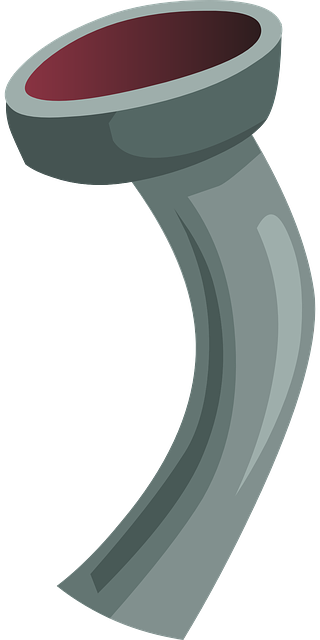
Pipes come in various types, each with distinct materials and purposes. Metal pipes, such as steel and copper, are common in older buildings and known for their durability. However, they can corrode over time, leading to leaks and requiring pipe repair. Plastic pipes, including PVC and PEX, are increasingly popular due to their flexibility, corrosion resistance, and ease of installation. These pipes are less prone to damage but may still suffer from cracks or joint failures that necessitate pipe repair.
Common challenges in pipe repair include accessing hard-to-reach areas, especially in older homes with confined spaces. Joint failure is another frequent issue, particularly with plastic pipes where connections can degrade over time. Additionally, corrosion and leaks in metal pipes demand prompt attention to prevent further damage. Effective pipe repair methods involve using specialized tools, replacement parts, and techniques tailored to each pipe type to ensure longevity and minimize disruptions.
Tools and Technologies for Effective Repairs
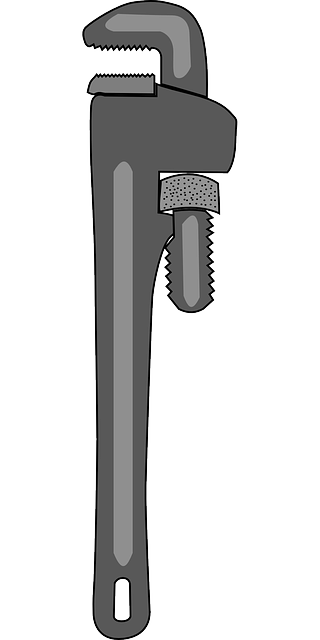
In the realm of pipe repair, a myriad of tools and technologies have emerged, revolutionizing how professionals tackle this crucial task. From traditional methods involving manual inspection and repair to advanced digital solutions, modern techniques offer enhanced precision and efficiency. High-tech equipment like remote-controlled robots and advanced cameras enable thorough inspections within hard-to-reach areas, ensuring that even the subtlest defects are identified.
For actual pipe repair, technology has led to innovative solutions such as liner insertion, where a flexible lining is inserted into the existing pipe to strengthen and seal it. This method minimizes excavation, reducing time and costs. Additionally, advanced welding techniques and automated joint sealing systems further streamline repairs, ensuring structural integrity and longevity for various piping systems. These modern tools and technologies are transforming pipe repair from a labor-intensive process into a more precise, swift, and cost-effective endeavor.
Steps in a Comprehensive Pipe Repair Process
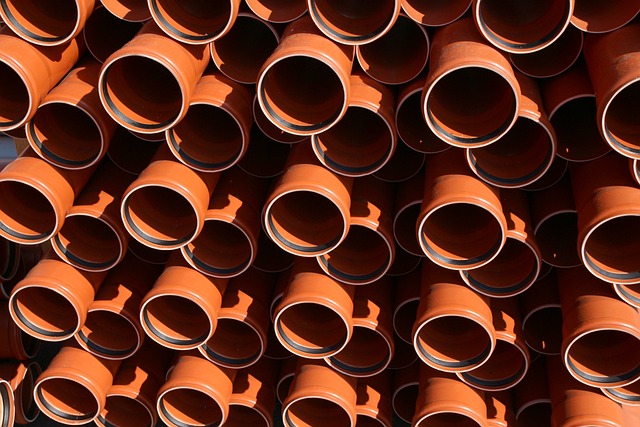
Pipe repair is a multifaceted process that requires careful planning and execution. The first step involves identifying the extent of damage, which can be achieved through non-destructive testing methods like visual inspection, pressure testing, or sonar scanning. Once the damage is mapped out, the next phase is preparing the area, which includes shutting off the water supply to prevent further leaks and removing any debris or corroded material.
After preparation, the actual repair begins with cutting out damaged sections of pipe, typically using specialized tools like saws or torches. The cut ends are then cleaned and treated to ensure proper bonding with new pipe segments or sealing materials. Next, replacement parts are installed, followed by thorough testing to verify the integrity of the repairs. This may involve pressure tests, leak detection, or other quality assurance measures to guarantee that the pipe repair is both effective and long-lasting.
When to Call in Professional Help for Pipe Repairs

Identifying when to call in professional help for pipe repairs is crucial for maintaining a well-functioning plumbing system. While minor issues like clogs or small leaks might be addressed through DIY methods, more complex problems often require expert intervention. Signs that indicate the need for professional assistance include persistent or severe water damage, unexpected changes in water pressure, unusual odours, or evidence of pipe corrosion. These could suggest underlying structural issues that demand specialized knowledge and equipment to address safely and effectively.
Professional plumbers are equipped to handle a wide range of pipe repair challenges, ensuring lasting solutions. They possess the tools and expertise to diagnose complex problems, offer tailored solutions, and implement repairs with minimal disruption to your home or business. Timely professional intervention can prevent further damage, reduce water waste, and save you from costly emergency repairs in the long run.
Preventive Measures for Long-Lasting Pipe Integrity
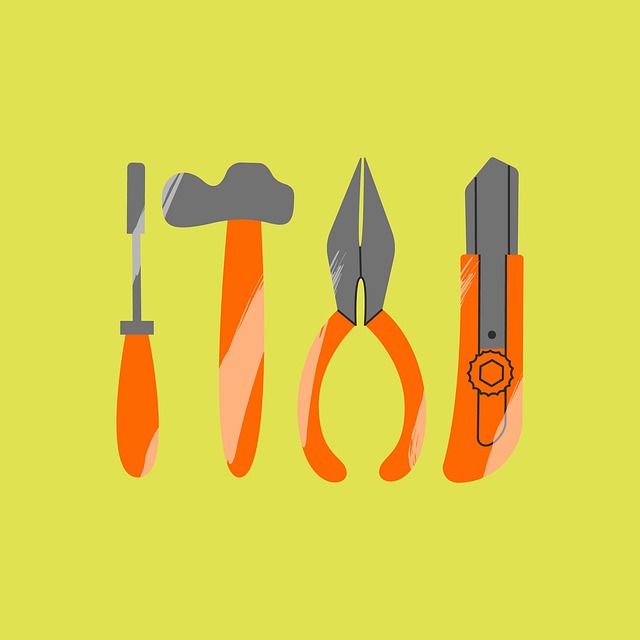
Regular maintenance and preventive measures play a pivotal role in ensuring the longevity and integrity of pipes. One effective strategy is implementing a structured inspection regimen, which involves routine visual checks for any signs of damage, corrosion, or leaks. This proactive approach allows for early detection of potential issues, enabling prompt action before minor problems escalate into major repairs.
Additionally, using high-quality materials during installation and adhering to industry standards can significantly contribute to pipe longevity. Preventive measures also encompass regular cleaning and descaling to remove buildup, which not only enhances water flow but also prevents future clogs and damage. Timely Pipe Repair, when needed, coupled with these preventive strategies, ensures a robust plumbing system that stands the test of time.
Case Studies: Successful Pipe Repair Projects

Successful pipe repair projects are a testament to the expertise and innovative techniques employed by professionals in the field. One notable case involves a major city that faced a severe water leak in its ancient plumbing system. Through meticulous inspection, engineers identified the source of the leak and implemented a precise repair using advanced resin technology. This not only halted the water loss but also prolonged the life of the historic pipes, showcasing a harmonious blend of preservation and modern restoration.
Another compelling example is a rural community where a damaged pipeline threatened their reliable access to clean drinking water. The project involved replacing sections of corroded pipe with state-of-the-art materials designed for longevity and durability. By employing specialized equipment and remote inspection methods, the team completed the repair swiftly while minimizing disruption to local residents. This successful outcome highlights the importance of regular maintenance and modern solutions in ensuring sustainable and safe water infrastructure.
